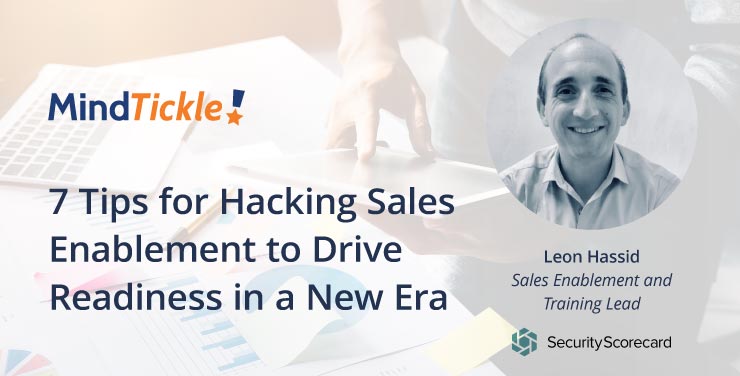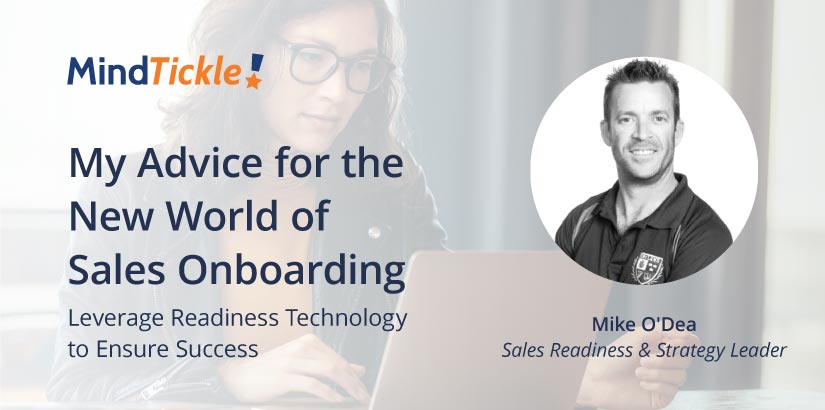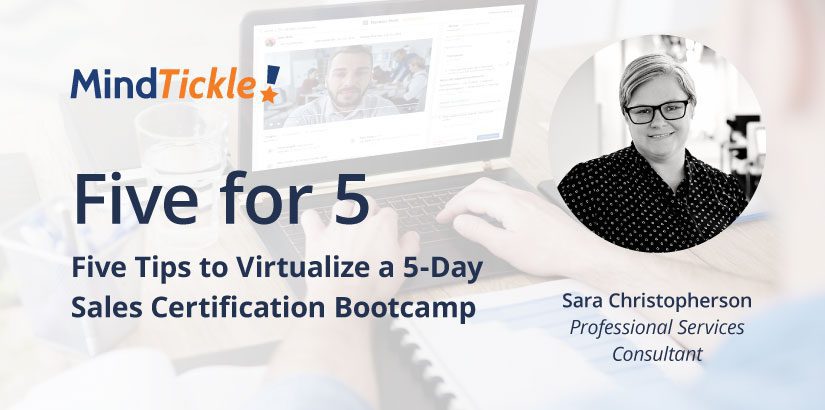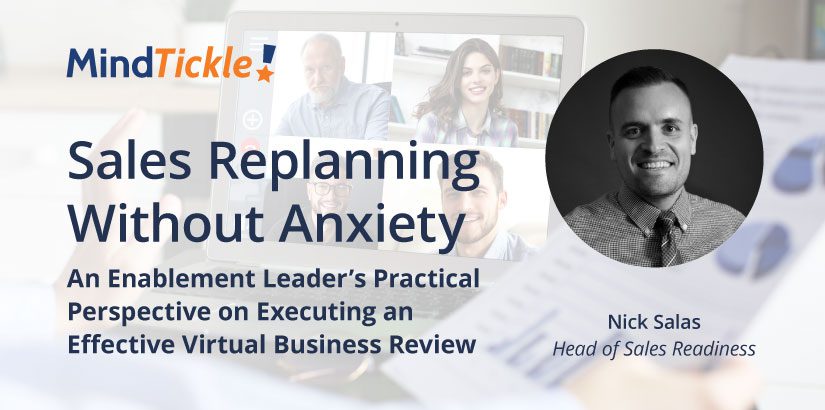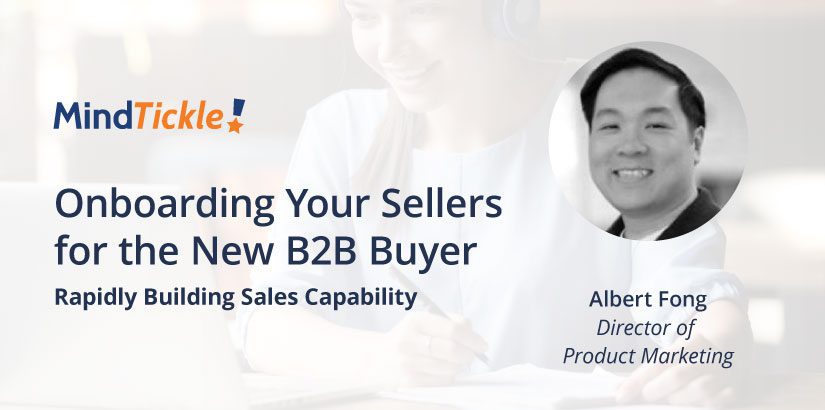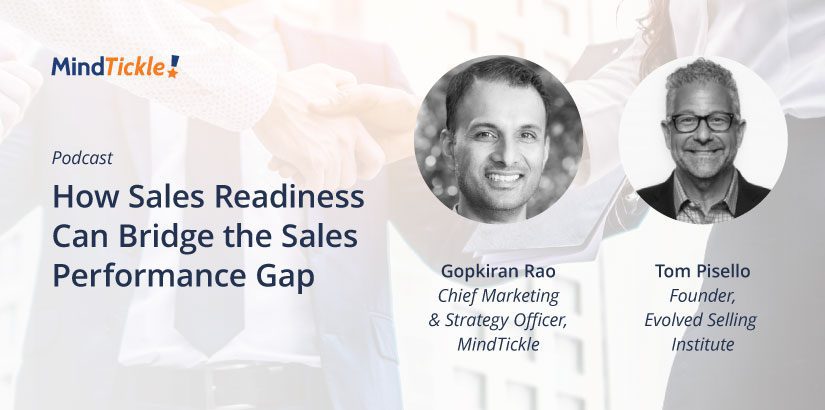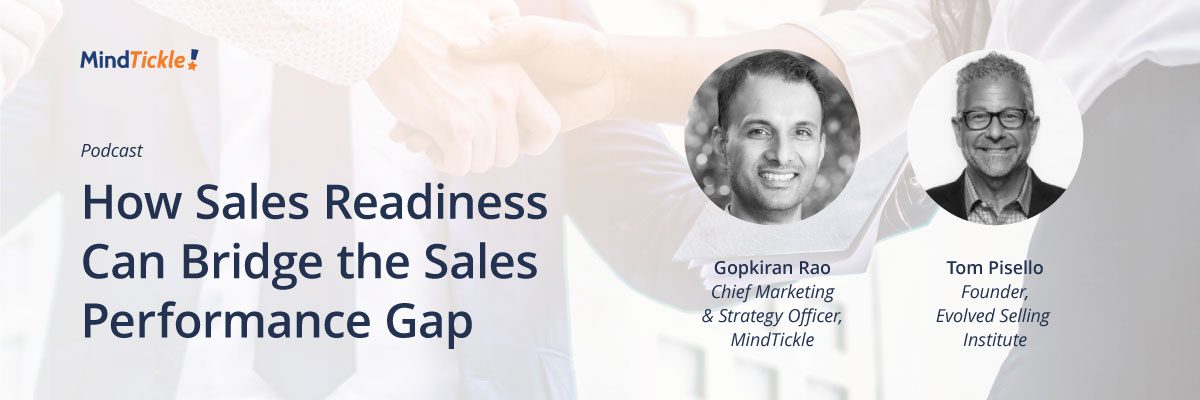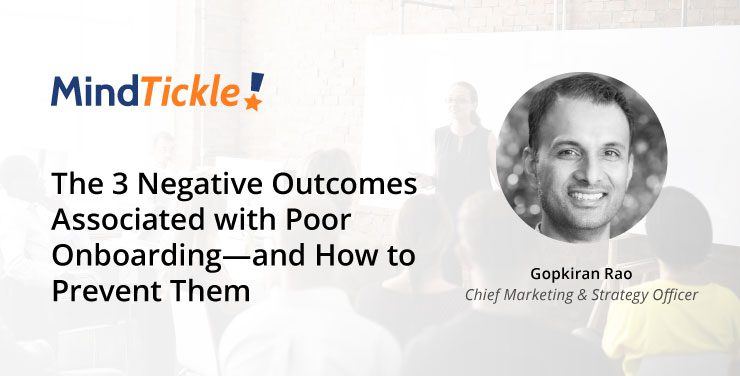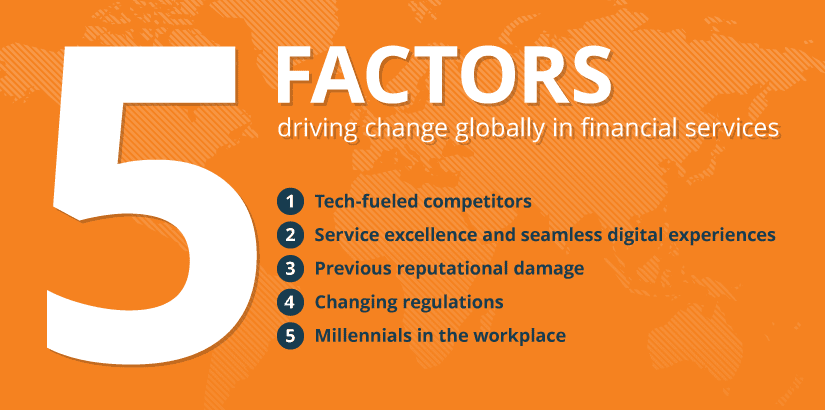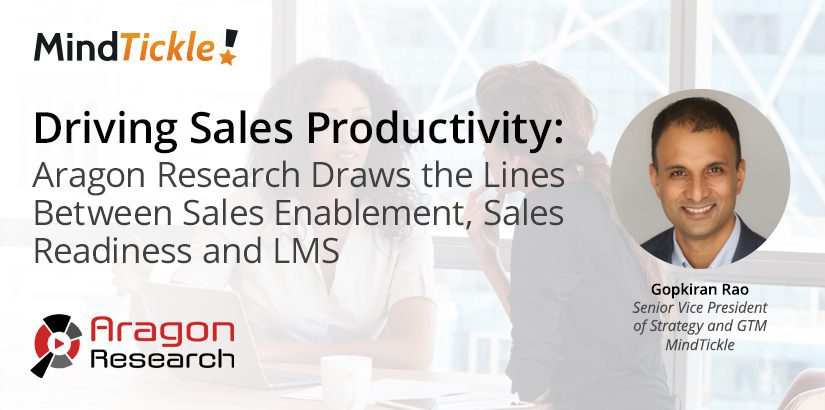According to the 2019 B2B Buyers Survey published by DemandGen Report, buying committees continue to grow. Over half (56%) of those surveyed see four or more people involved in a purchase decision, while 21% have seven or more stakeholders. Moreover, recent Gartner research shows 77% of buyers agree purchases have become very complex and difficult. It also revealed that when B2B buyers are considering a purchase‚ they spend just 17% of their research time meeting with potential suppliers. When comparing multiple suppliers‚ they might only spend 5% or 6% of that allotted time with any one sales rep.
The limited amount of time reps have with buyers has taken on newfound levels of importance. If sales reps fail to deliver compelling value or perceived value during that time, they will find it exceedingly difficult to establish themselves as credible or consultative. In turn, they may find themselves shut out of an opportunity for good.
The challenge is that great sellers are not born, they are made. While trainers can onboard and educate them, experience is the ultimate teacher. However, without the luxury of time, organizations must distill the experience of winning strategies and tactics to rapidly build world-class, customer-facing capability across their teams.
Poor Onboarding Derails Even the Best Organizations
As we’ve discussed before, poor onboarding is often the first misstep on the way to building a substandard sales organization. Effective onboarding is a specific initiative within an overall readiness regimen focused on equipping sales reps with knowledge, skills, and behaviors aligned with the buyers’ journey so sellers can engage and convert buyers. Too many companies, however, think they have to throw out the baby with the bathwater when it comes to establishing an effective onboarding approach.
Let’s review some traditional onboarding approaches that have earned such a bad reputation that organizations often fail to take advantage of the positives.
Classroom-based Sales Onboarding: With a great instructor, proper program structure, and a good curriculum, the classroom is an amazing way for sellers to learn. Classroom training allows you to teach your reps in a controlled setting, in large or small groups, free from the distractions and pressures of their work environment. Your reps get the benefit of the “human touch,” both from trainers and their peers they interact with and learn from. Plus, classroom training can help build teamwork across people who need to collaborate, such as pre-sales engineers and sales reps, and account managers and customer success.
The downside of a classroom is that as a one-time event, it lacks ongoing reinforcement even in the short term and fails to drive essential behavior change. Plus, for a consistent, global experience, you need certified instructors and a structured curriculum.
Sales Onboarding with a Learning Management System (LMS): Geared towards company-wide collaboration, a successful LMS delivers a framework for managing virtual learning. An LMS is actually designed for more than training your sellers. While it encompasses many capabilities – including registration, catalog, and content delivery – its main purpose is for compliance, testing, and tracking. This system offers your reps self-study content, allowing them to learn on demand and at their convenience. And it works well as a central record-keeping system showing whether reps completed their training.
That said, an LMS alone is not enough. Most LMS content is static. While you can configure an LMS for basic interactivity, this modality doesn’t bring your sellers together. In other words, it’s an isolating learning experience for your sales reps. Moreover, these systems have a reputation for not being engaging. Reps tend to hate them because they lack rich media and the learning process is boring. Even admins find an LMS hard to use for their purposes, such as developing content. In a dynamic sales environment, this more rigid structure makes it difficult to serve up timely and relevant training content.
In-the-field/on-the-job: This training can happen in two ways: Shadowing others, and being shadowed and coached by others. A structured in-the-field/on-the-job coaching program provides a framework to coach consistently and ensures reps are up to date and regularly trained in the areas they need the most.
However, in most cases, in-the-field/on-the-job training happens too early – reps are in the door and on the phones. Throwing them into the water to see if they can swim leads to lost opportunities. Your sellers only get one shot to make a first impression with a prospect, so you can’t afford less-than-ideal interactions and recovery attempts – or outright losses – and stressed reps.
Other ways in-the-field and on-the-job training falls short is because they lack:
- Knowledge and behavior reinforcement. No lever exists for reinforcing knowledge and changing behavior so sellers are more effective.
- Skills and capability building. This onboarding approach doesn’t complement skills and capability development with coaching, role play and practice focused on specific scenarios.
- Strategic onboarding. Putting reps straight into the field with little to no guidance, aka ‘trial by fire,’ typically results in less-than-stellar results and potentially impacts seller confidence and proficiency.
- Constructive feedback from peers and managers. Sellers have little opportunity to learn from peers and managers and garner direct feedback.
Obviously, there are benefits to each of these traditional approaches. But the secret to onboarding success is borrowing the best from each and augmenting them with modern sales approaches and sales onboarding.
What B2B Buyers Value
Selling effectively in today’s environment is a matter of ensuring your sales reps are aligned with — and deliver value to — buyers at every turn, since there is little to no room for missteps. The first step is understanding the process from the buyers’ perspective.
Two years ago, Gartner CEB debunked the myth that even so-called empowered B2B buyers are firmly in control of their buying process. Today’s buyers can access a wealth of information about topics, solutions, and vendors – which creates challenges as well as opportunities. The challenge is that they are overwhelmed to the point of often feeling paralyzed in their ability to move forward. Complicating matters is the purchase-by-consensus model that bogs down discussions and decisions.
While it may seem counterintuitive, CEB warns that sellers should not simply offer up more information and explain a range of alternatives to buyers as doing so only exacerbates the information-deluge problem. Instead, CEB found that sales reps who are prescriptive by clearly recommending and rationalizing a certain course of action, and present a specific offering helps ease the purchasing process by 86%. At a time when buyers are desperate for a simpler purchase process, this approach can set sales reps apart.
Yet sales reps cannot provide guidance in a vacuum; they must align with the outcomes that matter to the buyer. That alignment begins with understanding buyer pains, criteria, value and everything else the buyer journey encompasses so your reps can anticipate and manage the process internally.
Equipping Your Sales Reps to Succeed
Part of the job of a sales leader’s job is enabling reps with the knowledge, skills, and behaviors needed to be a consultative and trusted advisor to buyers. So, understanding what resonates with buyers is the first critical step to delivering value and building this perspective into the onboarding process.
Onboarding isn’t a once-and-done exercise. According to Ebbinghaus’ “forgetting curve,” people forget 79% of what they learn in 30 days. So it’s not a question of the quality of your program when it comes to making sure knowledge sticks – it’s a matter of how the brain works. That’s why it’s essential to focus on key capabilities driving success in the field.
Organizations must identify and define needed field capabilities in line with how buyers research and purchase. In essence, sales reps must enable today’s buyers. As Gartner says, “To win in this B2B buying environment, suppliers should focus on providing customers with information that is specifically designed to help them complete their buying jobs. We call this ‘buyer enablement’ — the provisioning of information to customers in a way that enables them to complete critical buying jobs.”
It starts with marketing and sales defining the journey and the sales plays: what is the target persona, the buyer journey, our value, etc. Without a clear understanding of this, onboarding is irrelevant because it will be teaching the wrong knowledge, skills, and behaviors. To learn and master these behaviors, your reps require knowledge of the sales process, buyer personas, buying cycles, and industry context combined with proven in-field skills.
According to Norman Behar, Managing Director at Sales Readiness Group, CROs should monitor results (aka lagging indicators) while monitoring and managing demonstrable knowledge and capabilities (aka leading indicators).
At a macro level, today’s sales reps must understand how the buyer defines value/cultivate discovery skills to understand buyer criteria, etc. Specific examples of what a sales rep might need the ability to do are:
- Qualify the prospect. The rep must conduct a discovery session with the prospect, asking questions to understand their needs and whether the company’s product or service can address them.
- Guide a prospect through the buying process beyond the product or service. This requires determining the prospect’s needs, speaking to those issues, and referencing industry trends as applicable.
- Keep a prospect engaged over time. In the B2B world, many purchase decisions take months. The seller’s task is to continue the conversation until the prospect is ready to buy. This involves understanding industry trends and news, changing product information, developments within the prospect’s business etc. to initiate and continue the conversation with the prospect over time.
- Overcome objections. Prospects will come up with reasons they don’t want to move forward. The rep needs to respond to those objections, while reframing them in a way that is beneficial to both the prospect and the seller.
- Demo the product or service. This entails walking through the key features that matter to the prospect while positioning those to address the prospect’s needs, as well as maneuvering around feature gaps.
- Engage multiple stakeholders. Selling today requires reps to engage with and speak to multiple stakeholders in the organization — from the champion to technical buyers, the economic buyer, etc. — in a consultative manner without losing their attention or trust.
- Enable the Buyer: Buyer enablement instills confidence in buyers and their ability to make good decisions. Sellers must provide buyers with the right information, through the right channels, designed to make the purchase process easier.
- Close the deal. The seller needs to negotiate a contract that is appealing to the prospect and beneficial to the company and rep so no money is left on the table.
Once your sales enablement organization has mapped out the knowledge, skills, process, as well as the tools to support execution, it can develop an effective onboarding program. However, success also hinges on selecting the right onboarding approach.
Enable True Sales Readiness With an Expanded Definition of Sales Training and Seller Development
The most effective onboarding is built on the following core pillars:
- Developing a deep, data-driven understanding of the strengths and weaknesses of your sellers, which you then use to develop an individualized program suited for each rep. In other words, don’t take a cookie-cutter approach.
- Taking control from Day 1 of the outcomes important to your organization. You do this by building and maintaining sales-specific behaviors that uniquely provide insight and perspective to customers, while ensuring the sales process is aligned to the customer’s journey.
- Showing (modeling excellence/best practices templates) – mentoring and coaching reps guide them towards proven winning methodologies, tactics, and behaviors. The objective here is to move beyond just a transfer of sales knowledge and helping them understand what is needed to succeed in the field.
- Mastering skills before talking to customers. Ensure your reps practice through scenarios and at the appropriate time with virtual and classroom role plays so they can master the knowledge and skills needed in the field. Back this up with reinforcement that drives long-term knowledge retention and behavior change. Reinforcement includes mentoring and coaching, delivering contextual bite-sized content in the moment, and Spaced Learning.
- Cultivating a feedback culture. To promote and encourage ongoing knowledge sharing and reinforcement, give your sellers access to feedback from managers and peers. In addition, create a 360-degree, two-way exchange of information that benefits Sellers and Managers, and keeps content current.
Prepare Your Sellers for Success With Mindtickle
With it comes to effectively selling to today’s buyers, sales readiness and onboarding are arguably the most critical aspects of a sales enablement strategy. The Mindtickle platform is designed to enable effective, modern enablement and onboarding. Equipped with the necessary knowledge and skills — aligned with the process and outcomes that matter to your target buyers — your sellers will confidently engage in productive interactions with prospects. That means more closed deals, larger deal sizes and, ultimately, higher revenue.
To learn more about Mindtickle and our platform, you can request a demo here!

